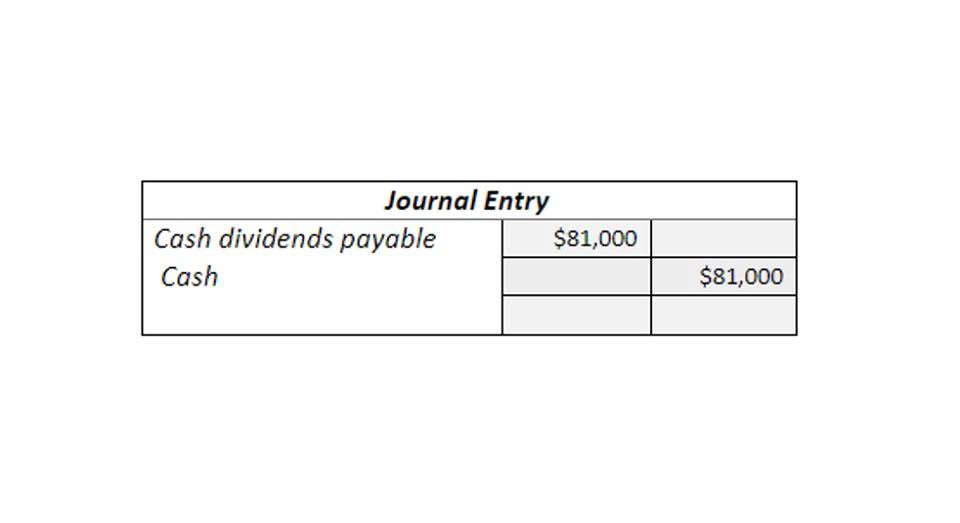Bookkeeping
Santander Bank, N A. hiring Internal Audit Intern Model Risk in Dallas, TX

All subsequent references in this article to the standard will be stated simply as ISA 315, although ISA 315 is a ‘redrafted’ standard, in accordance with the International Auditing and Assurance Standards Board (IAASB) Clarity Project. For further details on the IAASB Clarity Project, read the article ‘The IAASB Clarity Project’ (see ‘Related links’). Based on these assessments, the auditor concludes that the overall audit risk is high. In addition, it may include inventory or revenue recognition and ongoing communication and collaboration with company management to ensure the audit is conducted effectively and efficiently. A disclaimer of opinion means that, for some reason, the auditor is unable to obtain sufficient audit evidence on which to base the opinion, and the possible effects on the financial statements of undetected misstatements, if any, could be both material and pervasive. Examples can include when an auditor can’t be impartial or wasn’t allowed access to certain financial information.

Three Basic Components of Audit Risk Model

The risk that the selected samples are not representative of the entire population introduces a potential for overlooking material errors or fraud. Additionally, the rapid evolution of an entity’s environment and increasing sophistication of financial products heighten the detection risk. Overall, the audit risk model remains a fundamental framework for auditors, allowing them to effectively evaluate and manage risk in financial statement audits. Its practical usage empowers auditors to adapt their approach based on the unique circumstances of each entity being audited, ensuring the audit procedures align with the specific risks and complexities of the business.
Auditing Model Risk Management
Inherent risk and control risk, deeply rooted in the entity’s operations and its surrounding environment, demand an auditor’s astute evaluation. These components require a thorough analysis at both the overarching financial statement level and the more granular assertion level. The third component is detection audit risk model risk, which represents the risk that auditors may fail to detect material misstatements during audit procedures. Auditors use their professional judgment and various audit techniques to minimize detection risk and increase the likelihood of detecting any material misstatements that may exist.

Internal Control Specialist jobs
Where the auditor’s assessment of inherent and control risk is high, the detection risk is set at a lower level to keep the audit risk at an acceptable level. Conversely, where the auditor believes the inherent and control risks of an engagement to be low, detection risk is allowed to be set at a relatively higher level. The auditor evaluates each component and determines appropriate audit procedures to mitigate overall risk.
- Therefore, performing such an assessment will require the auditor to possess a strong understanding of the organization’s internal controls.
- When an estimation is made, it should be disclosed to financial statement users for clarity.
- This includes the fact that financial statements are created with a standard range of acceptable numerical values.
- Auditor’s responses should focus on how the team will obtain evidence to reduce the risks identified to an acceptable level.
- The bank is not going to provide this type of information to the auditor, especially if they have not yet informed the company, and therefore this response will not generate any marks.
- The auditor’s report is required to be filed with a public company’s financial statements when reporting earnings to the Securities and Exchange Commission (SEC).
Internal Audit Intern – Model Risk
Students are reminded that business risk is excluded from the FAU and F8 syllabus, although it is examinable in P7. Detection risk can be reduced by auditors by increasing the number of sampled transactions for detailed testing. Inherent risk is highest when management has to use a substantial amount https://www.bookstime.com/ of judgment and approximation in recording a transaction, or where complex financial instruments are involved. Nathan Chambers is an audit management expert with over a decade of experience in developing and implementing robust audit strategies for organizations across diverse industries.
An adverse opinion is the worst possible outcome for a company and can have a lasting impact and legal ramifications if not corrected. An auditor’s report is a written letter attached to a company’s financial statements that expresses its opinion on a company’s compliance with standard accounting practices. The auditor’s report is required to be filed with a public company’s financial statements when reporting earnings to the Securities and Exchange Commission (SEC).
Intern – Accounting

- By using the audit risk model, auditors can plan and execute their audits effectively and ensure the reliability of financial statements.
- Control risk, on the other hand, refers to the misstatement of financial statements due to sloppy accounting practices.
- In all three sessions a number of candidates have wasted valuable time by describing the audit risk model along with definitions of audit risk, inherent risk, control and detection risk.
- F8 students, however, will typically be expected to have a good understanding of the concept of audit risk, and to be able to apply this understanding to questions in order to identify and describe appropriate risk assessment procedures.
- Inherent risk is highest when management has to use a substantial amount of judgment and approximation in recording a transaction, or where complex financial instruments are involved.
- However, to use the risk model properly, the assessed control risk of firm A should be higher than the control risk of firm B.





